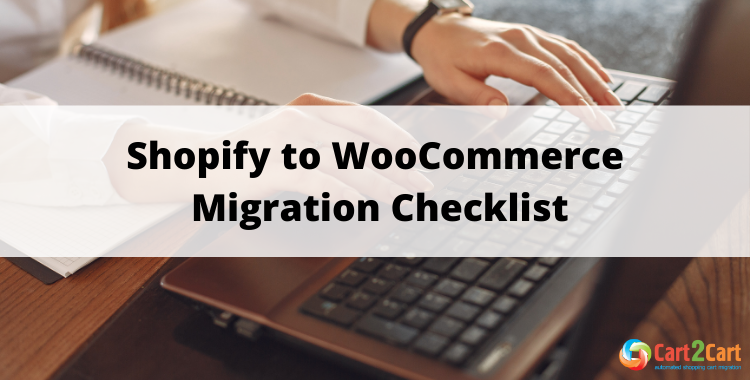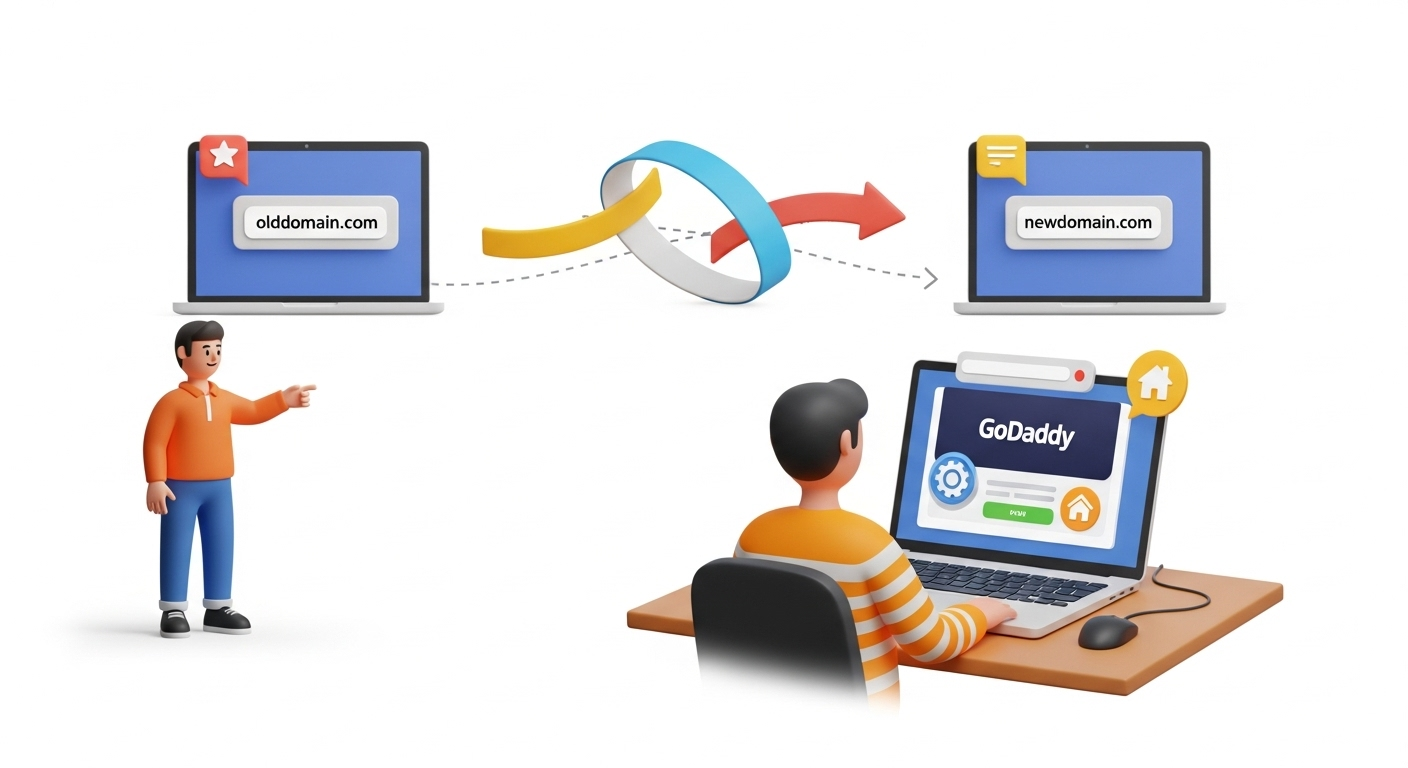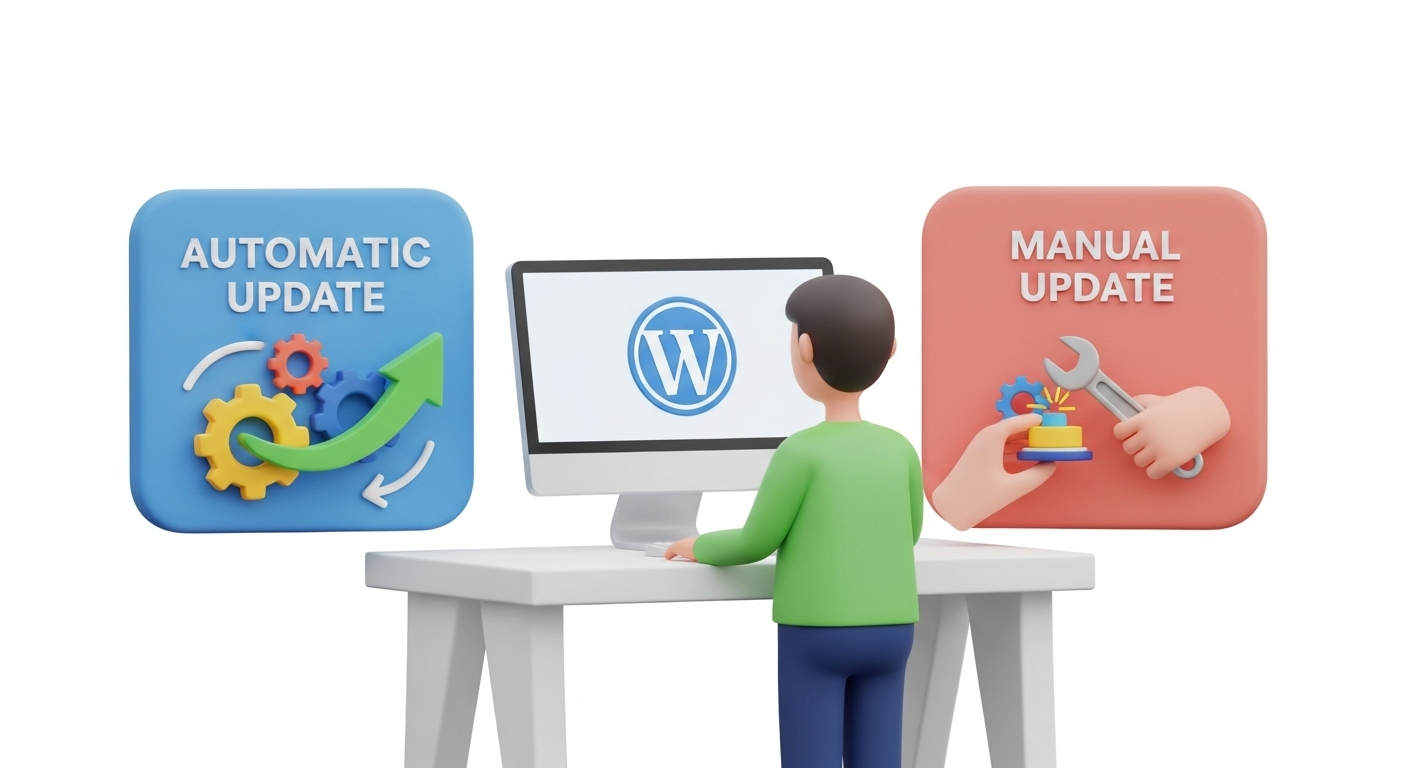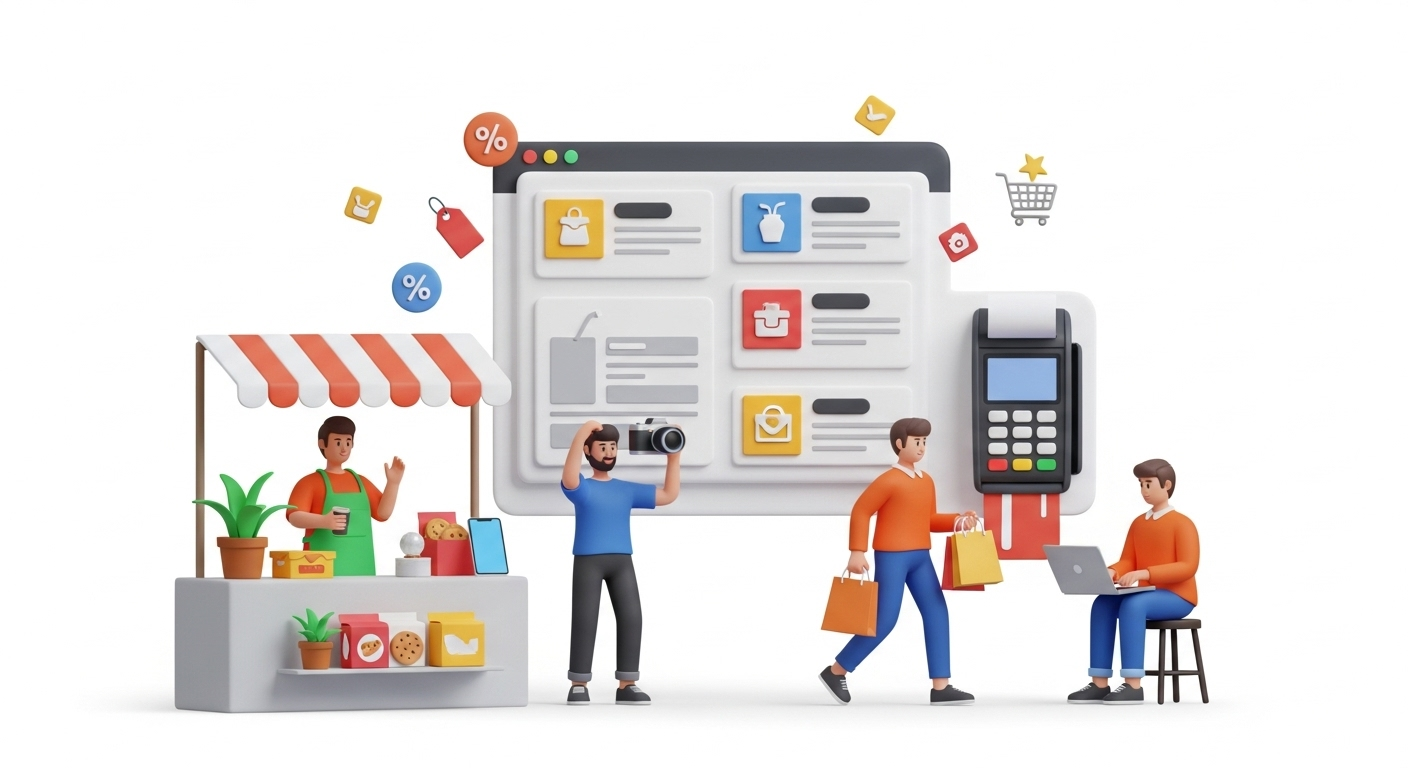
Store replatforming is a rather complicated and time-consuming process. But with the right tools at hand, you’ll minimize all the switch-related risks. Thus, to ease the Shopify to WooCommerce migration, we are presenting you with a detailed checklist. Follow its recommendations and get your store migrated in no time. Besides, we recommend that you take the time and read the thorough Shopify to WooCommerce migration guidelines.
Table of Contents:
Pre-Migration Ideas
Prepare your Shopify store
Examine the data on your Shopify store. Get rid of all the outdated or irrelevant info, update or delete the outdated records.
Establish your WooCommerce store
Visit the official WordPress website and download the WooCommerce Plugin, register an account. Ensure your new store is ready by reviewing our guide on preparing your target store for migration.
Not quite sure WooCommerce is the right cart, or don’t want to install it yet? Check out the Migration Preview Service provided by Cart2Cart. Thus, you’ll be able to move some of the Shopify store data to a test store on WooCommerce (or another suitable platform) totally free of charge. The test store will be live for three days.
Shopify to WooCommerce Migration Configuration
Set up the Source Cart
Set Shopify as your Source Cart, provide its URL and API password.
Please, visit our FAQ section for detailed info on how to get the Shopify API password.
Set up the Target Cart
Choose WooCommerce as your Target Cart. Copy the WordPress Admin URL, login, and password to the corresponding fields of the Migration Wizard.
Choose data for migration
Specify the data entities you wish to move from Shopify to the WooCommerce store.
It is possible to select all the available data types or select only the desired options (e.g., products, customers, orders, etc.) by ticking the corresponding boxes.
Determine the additional options
Ease the replatforming by choosing some of the extra migration options.
Carry out data mapping
Match the Shopify order statuses and customer groups to the corresponding ones on the WooCommerce store.
Launch a Free Demo migration
Move a restricted number of data from Shopify to WooCommerce at no cost. The process takes up to 30 minutes.
Remember not to close the browser window while the data transfer is still active.
Run the Full Migration
Click the “Start Full Migration” button to initiate the Shopify to WooCommerce replatforming.
Currently, you can close the browser window and continue your ordinary entrepreneurial activity.
Please, follow the link to get more detailed information on the WooCommerce migration.
Post-Migration Suggestions
Personalize your WooCommerce store
Install a new theme. Customize the store by downloading all the required plugins and extensions.
Transfer the new data
Benefit from the Recent Data Migration option in case new data (e.g., customers, orders, items, etc.) have appeared on your Shopify store during or after the migration.
Check the newly-established store
Inspect both the front- and backend, register new users, add products, etc. To ensure a smooth transition, follow our detailed guide on how to check your full migration results.
Now you’re all set to perform the Shopify to WooCommerce migration. Automated eCommerce replatforming ensures safe data transfer and no store downtime.
Willing to take your business to new heights? Don’t wait any longer - run a free demo with Cart2Cart and level up your store!
Monthly Update – November 2025
As we move into November 2025, the landscape of eCommerce continues to evolve, making strategic migrations more critical than ever. A key trend emerging for Shopify to WooCommerce transitions is the heightened focus on performance optimization post-migration. While data transfer is foundational, ensuring your new WooCommerce store loads quickly and offers a seamless user experience is paramount for SEO and customer satisfaction. This month, we emphasize implementing robust caching solutions, optimizing images, and selecting high-performance hosting providers immediately after your migration. Additionally, with holiday shopping season approaching, a smooth checkout process and mobile responsiveness are non-negotiable. Many store owners overlook the importance of testing payment gateways and shipping configurations extensively in the post-migration phase, leading to abandoned carts. Proactively address these areas to capitalize on peak sales periods. Furthermore, consider integrating advanced analytics tools from day one to monitor user behavior and identify any bottlenecks. A comprehensive performance audit, combined with meticulous UX testing, will ensure your migrated store not only functions but thrives, offering a competitive edge in a crowded market.
For more details, explore our FAQ section or schedule a call with a migration expert.





